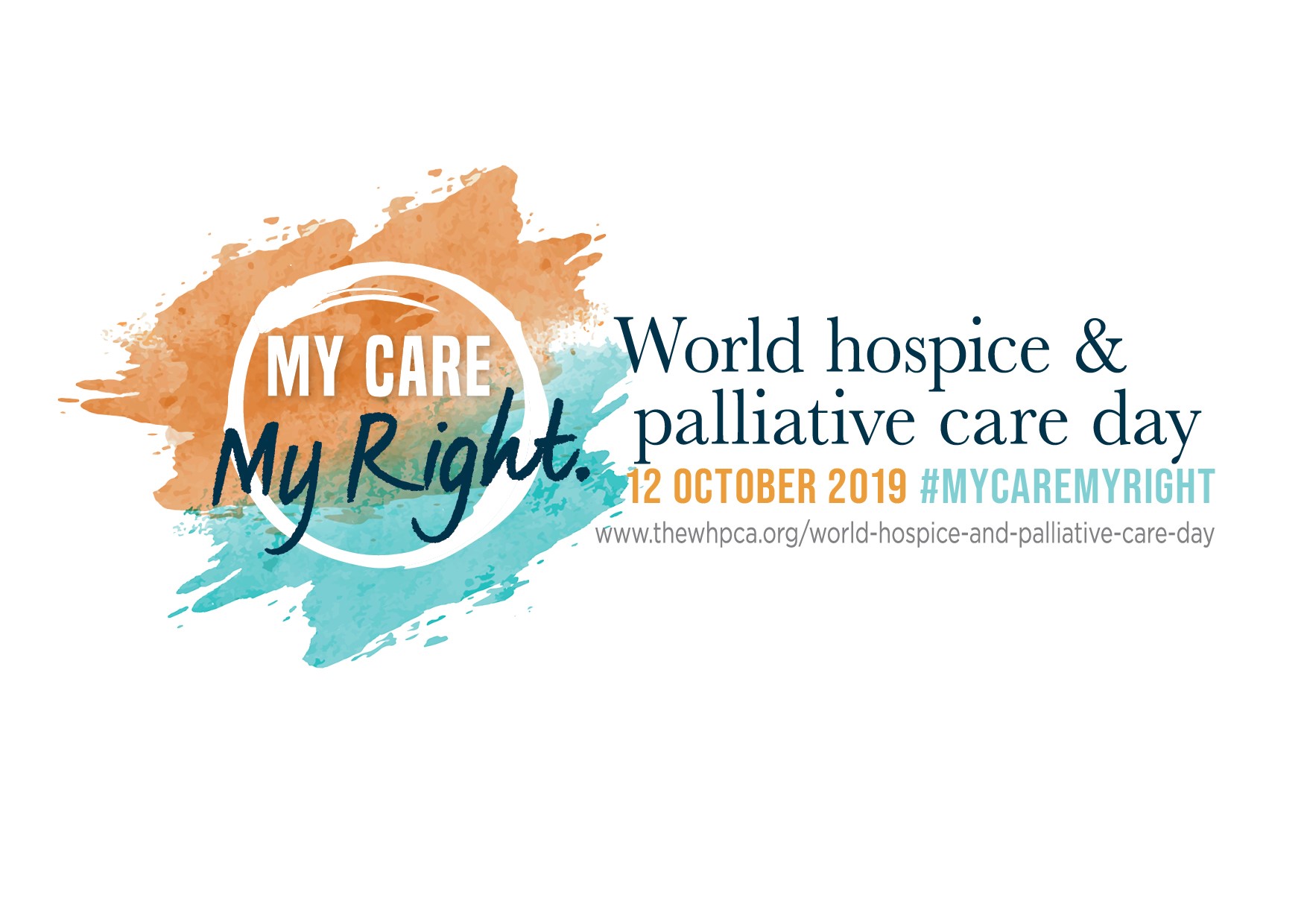
Are you considering a hospice stay for your loved one? There are many common concerns people have regarding hospice care. In this article, we will answer some of the most commonly asked questions about hospice care and discuss common myths. We will also discuss treatment options offered by hospices and the cost of hospice care. Lastly, we will look at the different options available to patients who are near the end of life. These questions about hospice care will hopefully help you to make an informed decision.
Answers to the most frequently asked questions regarding hospice care
It's possible to wonder if hospice care might be right for your loved one if you have recently found out that they are suffering from a terminal disease. Hospice care can often be covered by insurance and Medicaid agencies. Hospice care might be the best option for your loved one if they have less than six months of life expectancy. If the illness is improving, hospice care may be discontinued and you can continue with curative therapy.
What makes hospice care different from traditional care is that it treats the person rather than the disease. Hospice care emphasizes quality of living while offering comfort and support for the patient and their families. Because hospice is patient-centered, staff will pay attention to each patient's needs and coordinate additional services as needed. This means you don't need to feel isolated from your loved one.

Common myths about hospice care
While many may be familiar with hospice care, not all are aware of its benefits. Many people are still unaware of the many benefits that hospice care can offer. To help you better understand hospice care, let's dispel some common myths. Here are some facts and figures about hospice care.
Some believe hospice care is for the terminally ill only. While hospice does offer specialized care for terminally ill patients, the concept of dying with dignity is a bit too restrictive. The belief that hospice care means death is false. Many patients experience improvements and doctors can allow them to be discharged. Patients may require follow-up after making progress. These myths may discourage people from seeking hospice care.
Treatment options offered by hospices
Medicare covers some of the costs associated with care related to a hospice diagnosis. While Medicaid and private insurance can cover some of the costs, hospices will not refuse patients because they lack funds. While private insurance may offer hospice care coverage, some plans have very specific coverage requirements. A social worker from the hospice can help you determine if your policy covers it. For those who are unable to afford hospice care, a sliding-scale fee structure is available.
Many people are reluctant to ask questions of their doctors and other medical professionals. It is important to make sure you receive the best possible care during difficult times. Hospices should make it clear about how many patients are being cared for, the availability of doctors after-hours and the continuity of care. These details are important because you want to feel comfortable with the care you're receiving. These are some common questions that hospice providers should be asking.

Hospice care: What is the cost?
Hospice care is less expensive than inpatient standard care. This is especially true for patients in their final week of lives, when they had lower out of pocket expenses than non-hospice. And even if you exclude Medicare costs from the equation, the out-of-pocket costs of hospice care were less than those of non-hospice patients for three, four, and six months.
Medicare bill and Medicare history files are used to estimate the costs of hospice care. These files only include Medicare-reimbursable services. Medicare-based providers do not include outpatient clinics and fee-for-service physicians. Cost estimates do not include costs for hospice staff physicians, nor third-party fees. While estimating the cost of hospice care can be difficult, the evidence suggests that it can be a good option for many patients and families.
FAQ
What is the difference between the health system and health care services?
The scope of health systems goes beyond just providing healthcare services. They encompass everything that happens in the overall context of people’s lives, such as education, employment, housing, and social security.
Healthcare services, on other hand, provide medical treatment for certain conditions like diabetes, cancer and mental illness.
They could also refer to generalist primary care services provided by community-based physicians working under the supervision of an NHS trust.
Why do we need medical systems at all?
Many people living in poor countries lack basic healthcare facilities. Many people from these areas die before they reach middle-age due to diseases like tuberculosis or malaria.
People in developed countries get routine checks and see their general practitioners for minor ailments. Many people are still suffering from chronic diseases like heart disease and diabetes.
How can we improve our health care system?
Our health care system can be improved by ensuring everyone gets high-quality care regardless of where they live and what type of insurance they have.
To prevent children from contracting preventable diseases such as measles (MMR), it is essential that they receive all necessary vaccines.
We must continue our efforts to lower the cost and make sure it remains available for everyone.
What does the term "public" in public health mean?
Public Health means protecting and improving the health of the community. Public health is the prevention of disease, injury, disability, promotion of good health, adequate nutrition, and control over communicable and environmental hazards as well behavioral risks.
What are the health care services?
A health care provider is a medical institution that offers healthcare services for patients. A hospital is one example of a health care facility. A hospital typically includes several departments like the emergency department and intensive care unit. It also has pharmacy and outpatient clinics.
What is the difference between a doctor and a physician?
A doctor is a person who has successfully completed their training and is licensed to practice medically. A physician refers to a medical professional that specializes in one area of medicine.
What is a health care system?
The entire spectrum of health care is covered, including rehabilitation and prevention. It includes hospitals as well as clinics, pharmacies, community health services, long-term and home care, addictions, palliative care, regulation, finance, education, and financing.
Complex adaptive systems are the hallmark of health systems. They exhibit emergent properties that can't always be predicted just by looking at the individual components.
Complex health systems can be difficult to comprehend and manage due to their complexity. This is where creativity steps in.
Creativity allows us to find solutions for problems we don’t know how. Our imaginations allow us to come up with new ideas and ways to improve the world.
Health systems need people who think creatively because they're constantly evolving.
Individuals who think creatively have the potential to change the way healthcare systems operate.
Statistics
- For the most part, that's true—over 80 percent of patients are over the age of 65. (rasmussen.edu)
- About 14 percent of Americans have chronic kidney disease. (rasmussen.edu)
- The healthcare sector is one of the largest and most complex in the U.S. economy, accounting for 18% of gross domestic product (GDP) in 2020.1 (investopedia.com)
- Price Increases, Aging Push Sector To 20 Percent Of Economy". (en.wikipedia.org)
- The health share of the Gross domestic product (GDP) is expected to continue its upward trend, reaching 19.9 percent of GDP by 2025. (en.wikipedia.org)
External Links
How To
What are the Key Segments of the Healthcare Industry?
The key segments of healthcare include pharmaceuticals, diagnostics biotechnology, therapeutics, diagnosis, biotechnology and medical equipment.
Defibrillators are blood pressure monitors, blood pressure monitors, stethoscopes or ultrasound machines that can be used to diagnose, prevent, or treat diseases. These products are usually designed to diagnose, prevent, or treat diseases.
Pharmaceuticals are medicines prescribed to relieve symptoms or treat disease. These include antibiotics.
Diagnostics are laboratory tests used to detect illness and injury. Some examples include blood tests and urine samples.
Biotechnology refers essentially to the use of living organisms (such bacterium) to create useful substances which can be used by humans. Some examples include insulin, vaccines, and enzymes.
Therapeutics are medical treatments that treat diseases or alleviate symptoms. They can involve drugs, radiation therapy or surgical interventions.
The computer software programs called health information technology help doctors and their teams to manage patient records. It helps doctors track what medications are being taken and when they should be taken.
Medical equipment refers to any device used for diagnosing, treating, or monitoring illnesses. Dialysis machines are dialysis tables, pacemakers ventilators, operating rooms, and other medical equipment.